Nestled in the remote highlands of Ha Giang province, Lao Xa village offers travelers a rare glimpse into authentic Hmong culture untouched by mass tourism. This hidden gem in Vietnam’s northernmost region combines breathtaking mountain scenery with centuries-old traditions, particularly silver crafting and distinctive architecture. For visitors seeking to venture beyond the usual tourist trail, Lao Xa village in Ha Giang provides an immersive cultural experience amid the dramatic landscape of the Dong Van Karst Plateau.
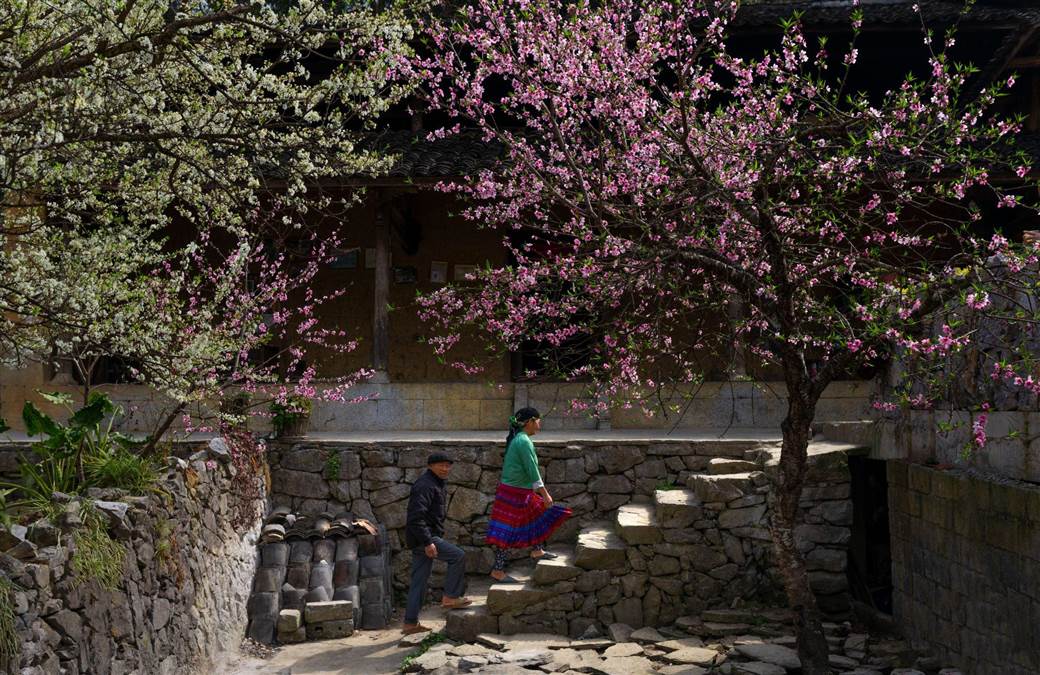
1. Introduction: Why Visit Lao Xa Village?
In a world where authentic cultural experiences become increasingly rare, Lao Xa village stands as a testament to living heritage. Unlike many tourist destinations that have adapted to cater to visitors, this remote Hmong settlement continues its traditional way of life largely unchanged by outside influences.
What makes Lao Xa truly special is its remarkable preservation of Hmong culture in its purest form. Here, centuries-old craftsmanship, particularly silver carving, continues as it has for generations. The village’s distinctive stone and clay houses, built in traditional Hmong style, create a striking silhouette against the limestone mountains of Ha Giang’s karst plateau.
The natural setting alone justifies the journey. Perched high in Vietnam’s northern frontier, Lao Xa is surrounded by sweeping panoramas of terraced fields, limestone formations, and mist-shrouded valleys. Each season transforms the landscape spring brings colorful blossoms, summer offers lush greenery, autumn delivers golden harvests, and winter provides crystal-clear mountain views.
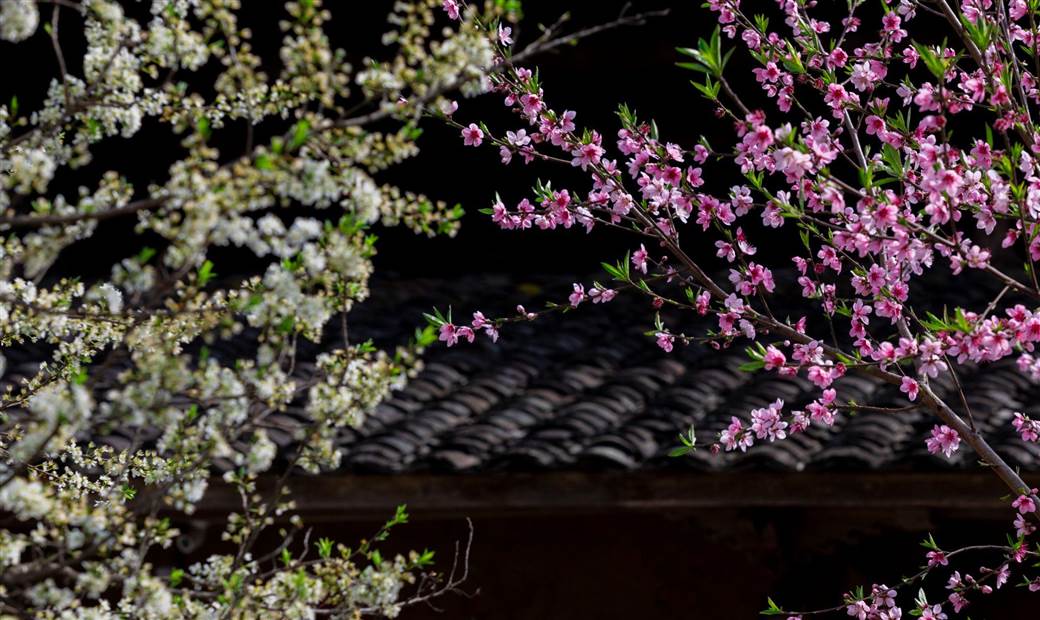
2. Where is Lao Xa Village?
Lao Xa village is located in Sung La commune within Dong Van district, Ha Giang province, near Vietnam’s northern border with China. Positioned approximately 24 kilometers from Dong Van town, this remote hamlet sits at an elevation of around 1,600 meters above sea level on the UNESCO-recognized Dong Van Karst Plateau Geopark.
The village’s geographic isolation has played a crucial role in preserving its cultural authenticity. Surrounded by limestone mountains and rocky terrain, Lao Xa has remained relatively sheltered from the rapid modernization affecting other parts of Vietnam. This seclusion has allowed traditional Hmong practices and lifestyles to continue largely uninterrupted.
To understand Lao Xa’s setting is to appreciate the resilience of its people. The village exists in a challenging environment where farming requires tremendous effort. Rocky soil and limited arable land have forced generations of villagers to adapt, creating terraced fields wherever possible and developing sustainable agricultural practices suited to the harsh mountain conditions.
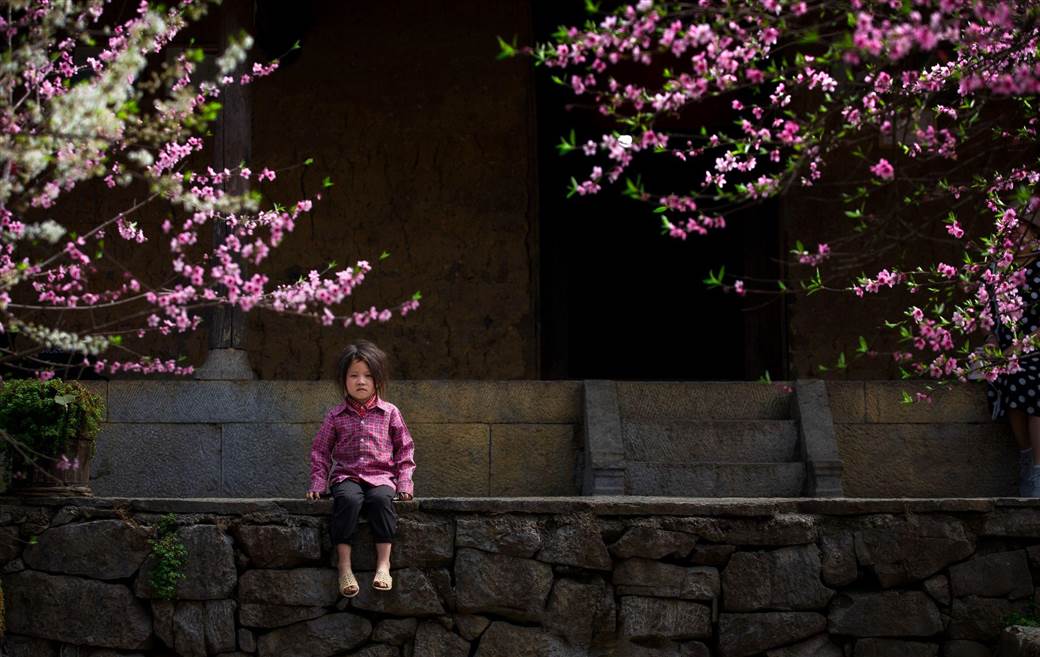
3. The Hmong Community: Traditions and Way of Life
The Hmong people of Lao Xa maintain a rich cultural tapestry that reflects centuries of traditions passed through generations. Daily life revolves around agriculture, craftsmanship, and community gatherings that reinforce their distinctive cultural identity. Families typically live in multi-generational households, with elders playing important roles as knowledge keepers and decision makers.
Spiritual beliefs blend animism with ancestor worship, influencing many aspects of village life. The Hmong calendar includes numerous festivals and ceremonies marking agricultural cycles, life transitions, and spiritual observances. These celebrations provide both spiritual significance and community bonding opportunities, featuring traditional music, dance, and elaborate feasts.
Gender roles remain fairly traditional, though evolving gradually. Women manage households, raise children, and create textiles, while men typically handle construction, heavy fieldwork, and crafts like silversmithing. However, both genders participate in agricultural work, particularly during planting and harvest seasons when all hands are needed.
3.1 Distinctive Architecture of Lao Xa Homes
The houses of Lao Xa immediately capture visitors’ attention with their uniquely adapted design. Built primarily from locally sourced materials, these dwellings feature thick stone walls, earthen floors, and wooden beam structures that have proven resilient against the harsh mountain climate. The architecture demonstrates the Hmong people’s ingenious response to their environment.
A typical Lao Xa home consists of three main sections: living quarters, a kitchen area with an open hearth, and spaces for storing grain and housing livestock during severe weather. The central hearth serves multiple purposes cooking, heating, light, and as a gathering point for family activities. Smoke from the fire rises through the home, naturally preserving the wooden beams and thatch against insects and humidity.
What distinguishes Lao Xa’s architecture from other villages is its distinctive decorative elements. Many homes feature intricate wooden carvings around doorways and support beams, representing Hmong cosmology and family history. The arrangement of homes follows traditional principles, with consideration given to natural features, cardinal directions, and community spaces.
3.2 Silver Carving: The Centuries-old Artisan Craft
Silver carving stands as Lao Xa’s most renowned traditional craft, with techniques passed through generations. The Mua family, in particular, has maintained this artistic tradition for over 300 years, creating intricate jewelry and ceremonial items that tell stories of Hmong history, beliefs, and daily life. Their workshop attracts visitors interested in both the finished pieces and the fascinating creation process.
The craft involves multiple specialized techniques. Silversmiths begin by melting and purifying silver, then shaping it through hammering, casting, or wire drawing. The most distinctive aspect is the detailed engraving done with handmade tools, creating complex patterns that include geometric motifs, animal symbols, and stylized natural elements. Each design carries specific cultural meanings understood within the Hmong community.
For the Hmong people, silver jewelry serves purposes beyond adornment. These pieces indicate family wealth, marital status, and clan affiliations. They also function as portable assets, particularly important in a historically nomadic culture. During special occasions like New Year celebrations and weddings, women display elaborate silver necklaces, bracelets, and headdress ornaments that may represent a substantial portion of family wealth.
3.3 Local Attire, Festivals, and Family Life
Hmong traditional clothing in Lao Xa immediately distinguishes them from other ethnic groups. Women’s attire features richly embroidered indigo-dyed hemp cloth, pleated skirts, and elaborately decorated headdresses that vary depending on age and marital status. Men typically wear simpler indigo-dyed ensembles with minimal decoration, reserving more elaborate clothing for festivals and ceremonies.
Festivals punctuate the yearly calendar, with Tet (Lunar New Year) being the most significant celebration. During this multi-day event, families gather for ancestor worship, feast preparation, and traditional games. Other important occasions include the harvest festival, where thanks are given for successful crops, and coming-of-age ceremonies that mark transitions to adulthood. These celebrations showcase traditional music played on instruments like the qeej (bamboo pipes) and dancing that tells stories of Hmong history and mythology.
Family structures in Lao Xa follow patrilineal traditions, with marriages often arranged between different villages to strengthen community bonds. Newlyweds typically live with the husband’s family, and children grow up surrounded by extended family members who share childcare and educational responsibilities. Knowledge transfer happens through apprenticeship and oral tradition rather than formal education, with children learning skills by watching and assisting elders from an early age.
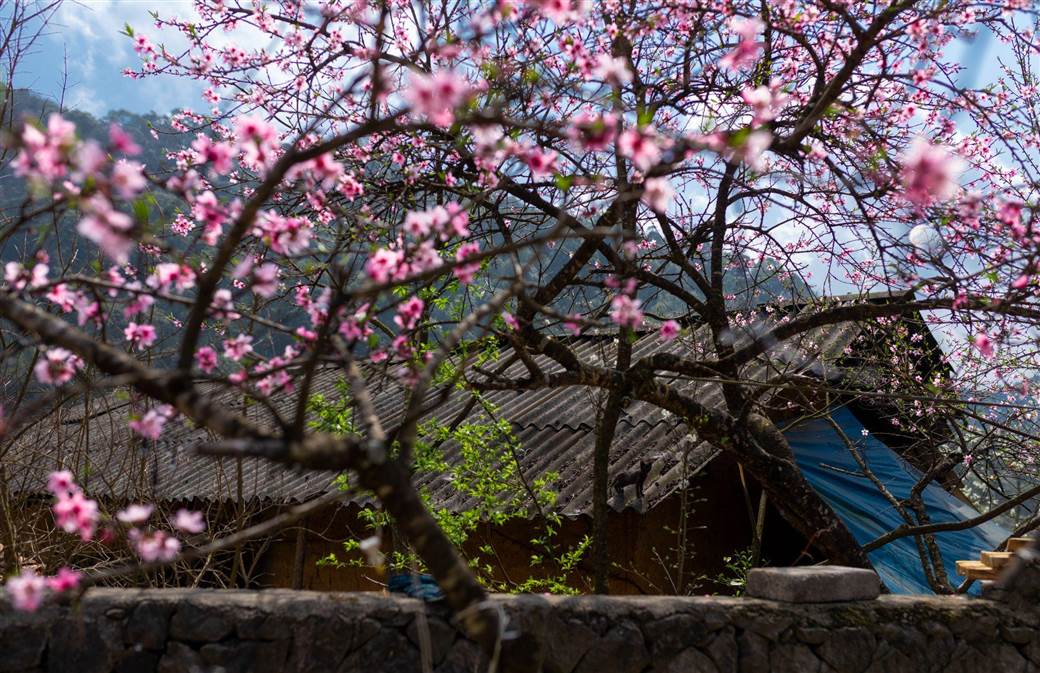
Pho Cao Ha Giang: A Vibrant Ethnic Market on the Karst Plateau
4. Exploring Nature: Scenery and Flower Seasons
The natural landscape surrounding Lao Xa offers breathtaking beauty throughout the year. Limestone karst formations create a dramatic backdrop for the village, with peaks often shrouded in morning mist that gradually clears to reveal panoramic views extending toward the Chinese border. The terraced fields carved into steep hillsides demonstrate generations of human adaptation to this challenging terrain.
Biodiversity thrives in the microenvironments created by the karst topography. The region supports numerous plant species that have adapted to limestone soils, including rare medicinal herbs that the Hmong have used for generations. Wild orchids grow in protected niches, while hardy pine varieties cling to exposed ridges, creating an ever-changing tapestry of textures and colors across the landscape.
Water features add another dimension to the scenery. Small streams wind through valleys, occasionally disappearing underground only to resurface elsewhere a common phenomenon in karst regions. After rainfall, temporary waterfalls cascade down limestone cliffs, creating ephemeral spectacles that reward patient explorers who venture beyond the village center.
4.1 Trekking Routes and Photography Tips
Numerous trekking paths connect Lao Xa to neighboring villages and scenic viewpoints, offering experiences for various fitness levels. The most accessible route follows a gentle ridge east of the village, providing stunning valley views without demanding technical hiking skills. More adventurous trekkers can tackle the half-day circuit that climbs to a local peak, where on clear days, the vista extends all the way to the Chinese border mountains.
For serious photographers, the limestone backdrop presents endless compositional opportunities. Early morning (5:00-7:00 AM) offers the most dramatic lighting as mist rises from valleys and catches the first golden rays. The interaction between traditional architecture and natural elements creates compelling visual narratives, particularly when framed against the dramatic karst formations that define the region.
Photography enthusiasts should consider these technical tips:
- Bring a polarizing filter to manage the strong contrast between bright limestone and shadowed valleys.
- Pack a versatile zoom lens (24-70mm equivalent) for landscape flexibility.
- Include human elements to provide scale and cultural context.
Explore different perspectives by photographing both from the village looking outward and from surrounding heights looking back toward Lao Xa
4.2 Best Time to Visit: Weather and Flower Blooms
Spring (February to April) transforms Lao Xa into a floral wonderland. Peach and plum trees burst with delicate pink and white blossoms, while canola fields create swathes of brilliant yellow across the landscape. This season also brings moderate temperatures ranging from 15-25°C during the day, though mornings and evenings remain cool, requiring light layers for comfort.
The autumn months (September to November) offer another ideal window for visitors. As harvests begin, terraced fields turn golden, creating a striking contrast against the green karst mountains. The weather stabilizes with less rainfall than summer, providing clear skies and comfortable temperatures. This period also coincides with several Hmong harvest festivals that add cultural richness to the natural beauty.
Winter visits (December to January) reveal a different character of Lao Xa. While temperatures can drop below freezing at night, days often feature crystal-clear blue skies that provide exceptional visibility for landscape photography. The sparse winter vegetation exposes the dramatic geology more completely, and the relative absence of other travelers creates a more intimate experience of village life.
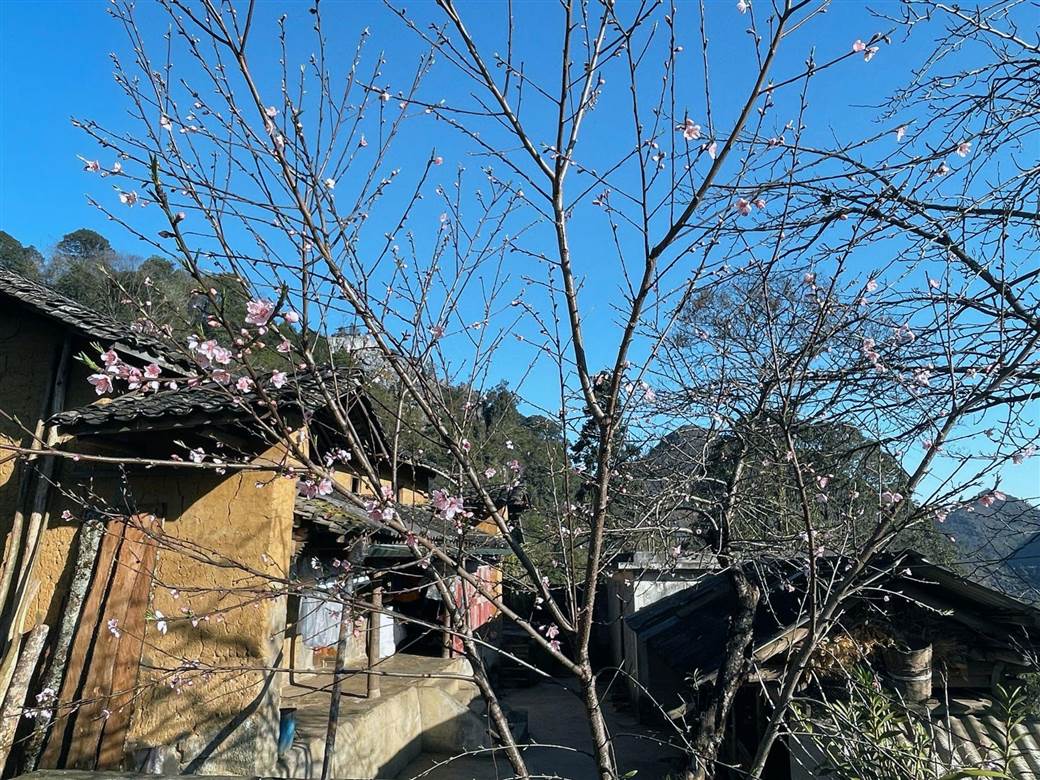
5. Visitor Guide: Getting There and Staying Overnight
Reaching Lao Xa requires some planning due to its remote location. Most travelers begin their journey in Ha Giang city, where transportation options and tourist infrastructure are more developed. From there, follow National Highway QL4C toward Dong Van, a scenic drive of approximately 3 hours that includes several mountain passes and spectacular viewpoints.
From Dong Van town, continue toward Sung La commune, then follow local signs to Lao Xa village the final stretch covers about 24 kilometers on smaller roads that may become challenging during rainy conditions. Most visitors arrange private transportation through tour operators in Ha Giang or Dong Van, as public transport options are limited and don’t reach the village directly.
For those driving independently, road conditions have improved significantly in recent years, though a vehicle with decent ground clearance is recommended. Motorbikes remain the most flexible option, allowing stops at viewpoints and easier navigation of the narrower sections approaching the village. Fuel availability becomes sparse beyond Dong Van, so topping up there is advisable.
5.1 Directions from Dong Van/Sung La
The journey from Dong Van to Lao Xa takes approximately one hour by car or motorbike under good conditions. Begin by following the main road (QL4C) northward from Dong Van for about 15 kilometers until you reach the junction at Sung La commune. Here, you’ll turn onto a smaller road heading west, marked by a simple sign indicating “Lao Xa.”
This secondary road winds through increasingly remote terrain for approximately 9 kilometers. The path narrows in sections and features several hairpin turns as it climbs toward the village. Road surface quality varies seasonally, with potential rough patches after heavy rainfall. During winter months (December-January), morning frost can make the route slippery until the sun warms the ground.
Navigation markers are minimal, so it’s helpful to download offline maps before departure or arrange for a local guide from Dong Van. The final approach reveals the village gradually, with traditional homes becoming visible against the limestone backdrop. The main village area has a small open space where vehicles can park.
5.2 Accommodation: Homestays and Local Options
Lao Xa Ancient House Homestay represents the most established accommodation option within the village. Operated by a local Hmong family, this renovated traditional home preserves authentic architectural elements while offering basic comfort amenities. Guests sleep on mattresses arranged dormitory-style in the main house area, experiencing the traditional layout of a Hmong dwelling. Shared bathrooms with running water are available, though hot water may be limited.
The homestay experience includes home-cooked meals featuring local ingredients and traditional Hmong dishes. Evening gatherings often involve storytelling or demonstrations of crafts like embroidery or simple musical instruments. Advance booking is essential, especially during peak seasons, as space is limited to around 8-10 guests per night.
For those preferring more privacy or modern facilities, staying in nearby Dong Van town and making a day trip to Lao Xa presents a practical alternative. Dong Van offers a range of guesthouses and small hotels with private rooms, reliable electricity, and wider dining options. This arrangement allows visitors to experience Lao Xa’s cultural highlights while returning to more comfortable accommodations in the evening.
5.3 Travel Tips for an Immersive Cultural Visit
Respectful interaction forms the foundation of meaningful cultural exchange in Lao Xa. Always ask permission before photographing individuals, especially during private moments or ceremonies. When visiting homes, remove shoes at the entrance and accept offers of tea or food as a gesture of goodwill. Small gifts of useful items like tea, fruit, or school supplies are appreciated but not expected.
Language barriers exist, as most villagers speak Hmong and limited Vietnamese. Basic Vietnamese phrases help, but arranging a guide who speaks Hmong dramatically enhances the experience. Many cultural nuances become accessible only through proper translation, particularly when learning about craft techniques or traditional practices.
Prepare for limited infrastructure with these practical considerations:
- Bring cash (Vietnamese Dong) as no ATMs or card facilities exist in the village.
- Pack a portable charger for electronics as electricity may be intermittent.
- Include basic medical supplies, as the nearest pharmacy is in Dong Van.
- Wear sturdy walking shoes suitable for uneven terrain.
- Respect local customs regarding modest dress, particularly at community gatherings.
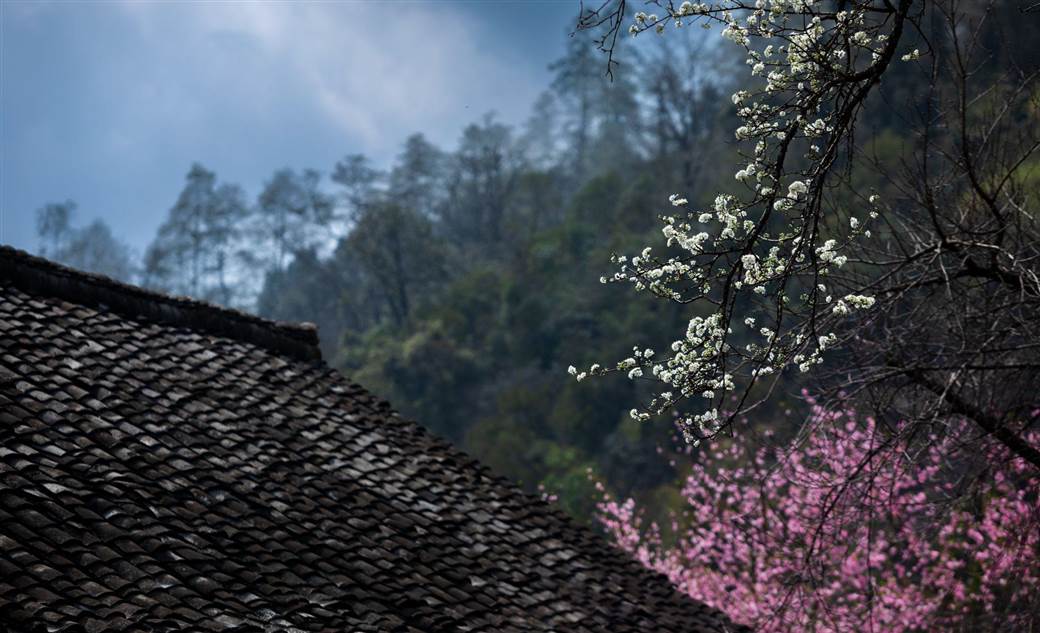
6. Frequently Asked Questions about Lao Xa Village
When is the best time to visit Lao Xa village?
Spring (February to April) offers beautiful flower blooms and pleasant temperatures. Autumn (September to November) provides golden harvest scenes and clear weather. Winter (December to January) delivers the clearest mountain views but requires warm clothing for cold nights.
What makes Lao Xa’s silver craftsmanship special?
The village, particularly the Mua family, has preserved traditional silver carving techniques for over three centuries. Their distinctive designs incorporate Hmong cultural symbols and specialized techniques passed through generations. Unlike commercial silverwork, each piece connects to specific cultural meanings and traditional uses within Hmong society.
Can visitors purchase authentic silver jewelry in Lao Xa?
Yes, visitors can buy handcrafted silver pieces directly from artisan families. These range from simple bracelets and earrings to more elaborate ceremonial items. Prices reflect the genuine silver content and handcrafted nature, with pieces typically costing between 500,000 to several million Vietnamese Dong depending on complexity and weight.
How long should I plan to stay in Lao Xa?
Most visitors find that a full day allows time to explore the village, interact with residents, and appreciate the surrounding landscape. For a deeper experience, an overnight stay at a local homestay provides opportunities to participate in evening activities and morning rhythms of village life. Photography enthusiasts may wish to stay longer to capture different lighting conditions.
Is it possible to visit Lao Xa as a day trip from Ha Giang city?
While technically possible, a day trip from Ha Giang city (approximately 3-4 hours each way) leaves very limited time in the village itself. A more rewarding approach incorporates Lao Xa into a multi-day exploration of the Dong Van Karst Plateau, perhaps staying in Dong Van town and visiting Lao Xa as part of this broader itinerary.
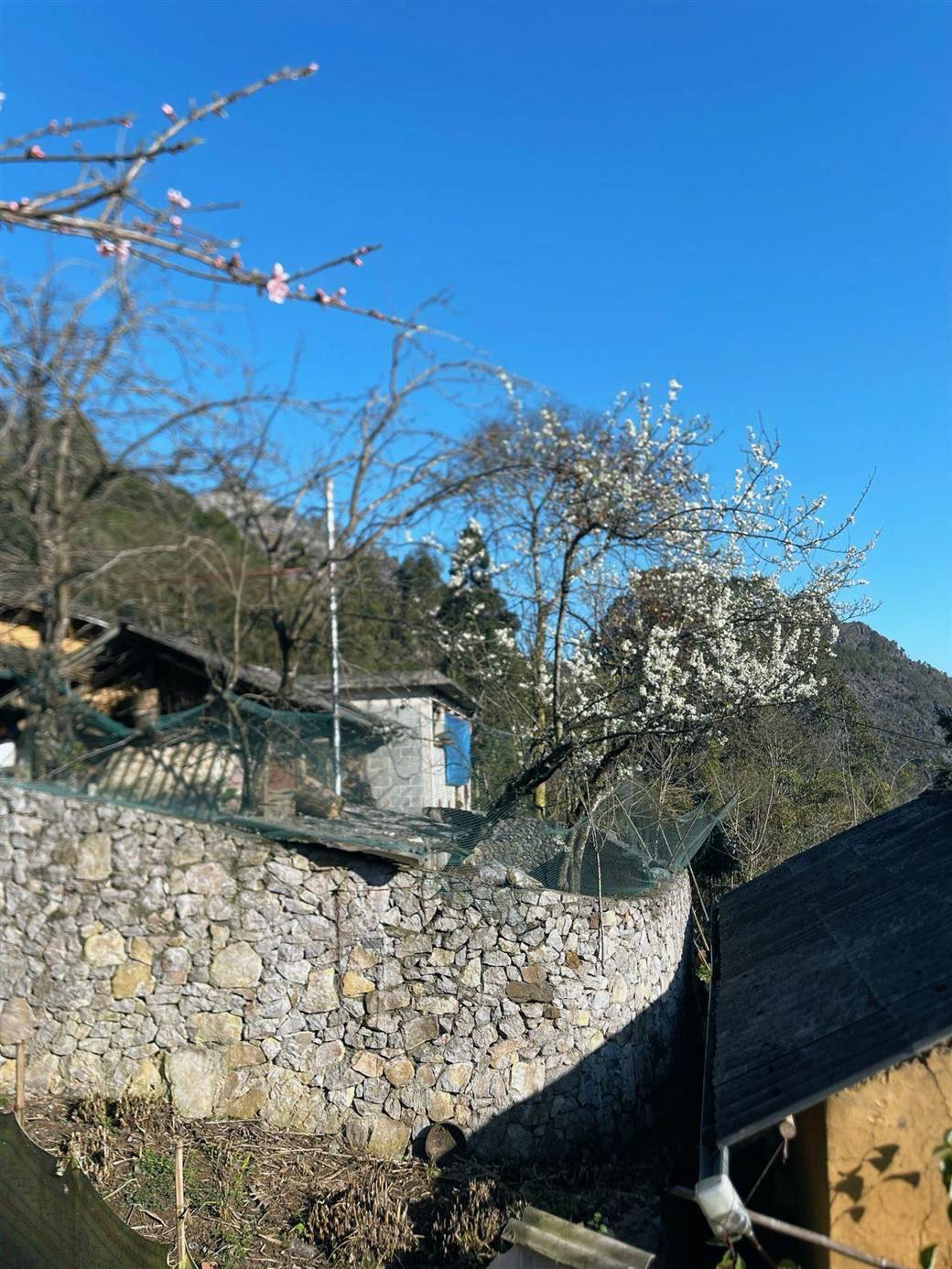
7. Experience Lao Xa with Phieu Travel
For travelers seeking to experience Lao Xa’s cultural richness and natural beauty with expert guidance, Phieu Travel offers specialized tours that balance authentic encounters with practical comfort. Our local guides include Hmong speakers who provide meaningful cultural context and facilitate genuine exchanges with village residents.
Phieu Travel’s Ha Giang packages can be customized to include varying lengths of time in Lao Xa, from immersive overnight homestays to carefully planned day visits that maximize meaningful interactions. Transportation arrangements consider road conditions and seasonal factors to ensure safety and comfort throughout the journey.
Beyond logistics, our approach emphasizes responsible tourism that respects local customs and contributes positively to the village economy. We work directly with Hmong families to develop experiences that share their culture while preserving its integrity and dignity. A portion of tour proceeds supports community initiatives identified by village leaders.
To explore Lao Xa village in Ha Giang with cultural insight and practical support, visit Phieutravel.com for itinerary options and booking information. Our team can help design a northern Vietnam experience that includes this hidden gem alongside other highlights of the region, creating memories that honor both the landscape and the people who call it home.
Read more:
- Ha Giang Loop in January: Complete Weather, Travel & Packing Guide for 2025
- Then Pa Village Ha Giang the essential guide to this hidden h’Mong gem
- Lung Tam Weaving Village: The Living Heart of Hmong Linen Craft in Ha Giang

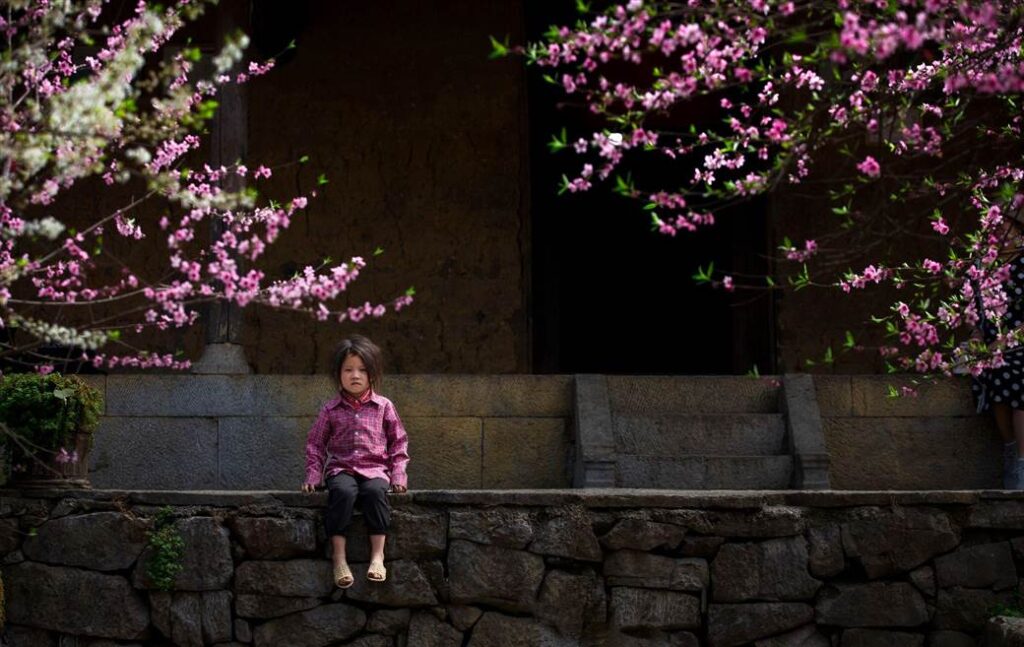
You Might Also Like
Ha Giang Weather in September: Complete Guide for Travelers
Exploring the magnificent Ha Giang Loop in September offers travelers a perfect balance of favorable[...]
Quan Ba Twin Mountains: Ha Giang’s Iconic Fairy Hills and Complete Travel Guide
The mystical Quan Ba Twin Mountains rise from the emerald valleys of Ha Giang like[...]
Vuong family mansion: the architectural marvel and cultural legacy of Ha Giang
Deep in Vietnam’s northern highlands, where mist-shrouded mountains meet terraced rice fields, stands a testament[...]
Ha Giang Loop Safety Tips: How to Ride Securely in Vietnam’s Northern Mountains
The Ha Giang Loop, with its winding mountain roads and breathtaking landscapes, offers one of[...]
The Ultimate Guide to the M-Shaped Curve on Ha Giang Loop
Vietnam’s remote northern province of Ha Giang hides a natural wonder that has captivated adventurous[...]
Most Beautiful Places to Visit in Vietnam: Essential Destinations and Insider Tips
Vietnam captivates travelers with its stunning landscapes, rich cultural heritage, and warm hospitality. From mist-shrouded[...]
Beyond the Beaten Path: Discovering Ha Giang Province in Northeast Vietnam
Ha Giang Province in Northeast Vietnam stands as one of the country’s last frontiers for[...]
Rainy season in Ha Giang: what to expect, when to go, and travel tips
Vietnam’s northern frontier reveals a different face during the rainy season, transforming Ha Giang’s limestone[...]